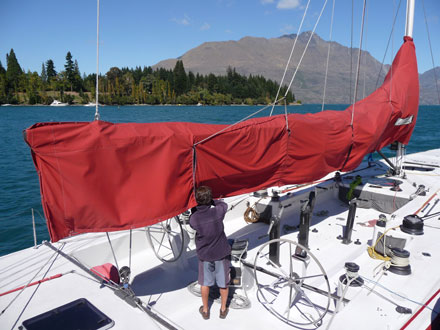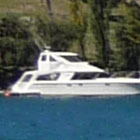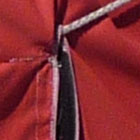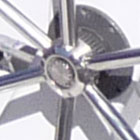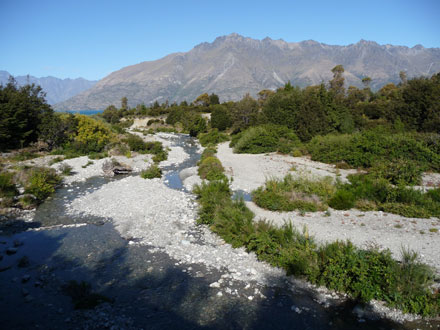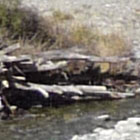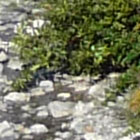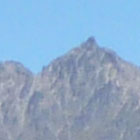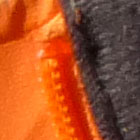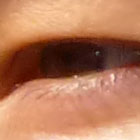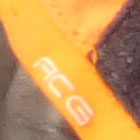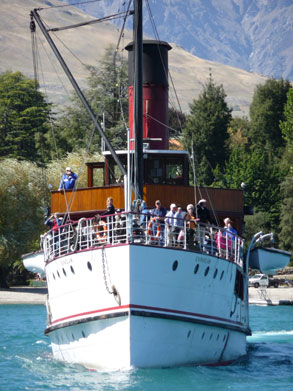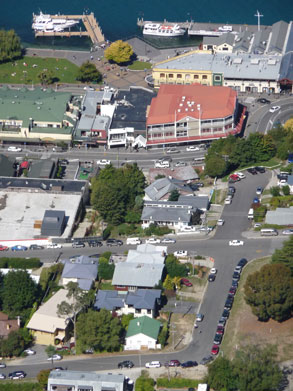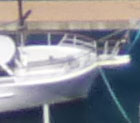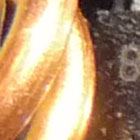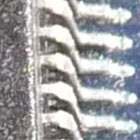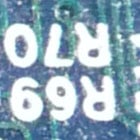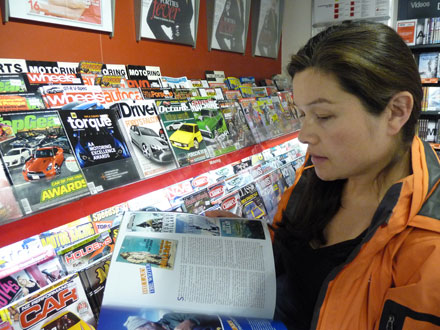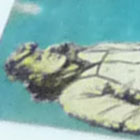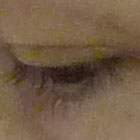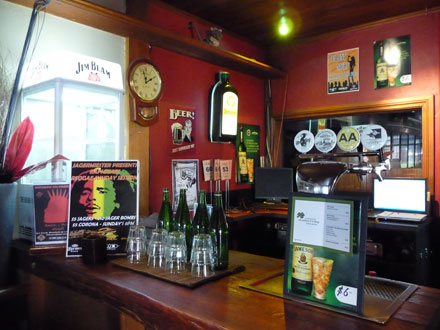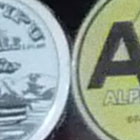|
Landscape: 3.88MB, Normal mode, 1/250, f8, ISO 100, 4.7-47mm at 4.7mm (equivalent to 28mm)
Landscape: 4.36MB, Normal mode, 1/1300, f3.3, ISO 100, 4.7-47mm at 4.7mm (equivalent to 28mm)
Portrait: 3.40MB, Normal mode, 1/250, f11, ISO 200, 4.7-47mm at 30mm (equivalent to 180mm)
Landscape: 4.08MB, Normal mode, 1/500, f4.9, ISO 200, 4.7-47mm at 47mm (equivalent to 280mm) |
Wildlife: 3.49MB, Normal mode, 1/500, f11, ISO 200, 4.7-47mm at 47mm (equivalent to 280mm)
 |
|
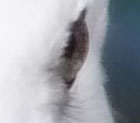 |
|
An equivalent focal length of 280mm is ideal for grabbing opportune shots of wildlife – if they keep still long enough. We filled the frame with this bird, and bright conditions with a sensitivity of 200 ISO allowed a quick shutter to freeze any motion.
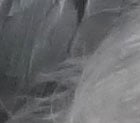 The crops show lots of detail, although again there’s visible noise and processing artefacts if you’re looking closely. |
| |
|
|
| |
| |
| |
|
|
| |
| |
|
Landscape: 4.22MB, Normal mode, 1/250, f11, ISO 200, 4.7-47mm at 47mm (equivalent to 280mm)
Macro: 3.82MB, Normal mode, 1/640, f8, ISO 200, 4.7-47mm at 4.7mm (equivalent to 28mm)
Indoor: 3.72MB, Normal mode, 1/25, f3.3, ISO 400, 4.7-47mm at 4.7mm (equivalent to 28mm)
Indoor: 2.28MB, Normal mode, 1/20, f3.3, ISO 800, 4.7-47mm at 4.7mm (equivalent to 28mm)
Indoor: 1.79MB, Normal mode , 1/50, f3.3, ISO 1600, 4.7-47mm at 4.7mm (equivalent to 28mm)
 |
|
Our final shot was taken indoors at the maximum sensitivity in full resolution: 1600 ISO. Anything beyond here operates at a reduced resolution of 3 Megapixels. The image viewed in its entirety looks quite washed-out, and the crops show a high level of noise and processing artefacts.
 Like all compacts these days, 1600 ISO is best used for emergency use only. | | | | | | | |
|
 |
| |
|
|
